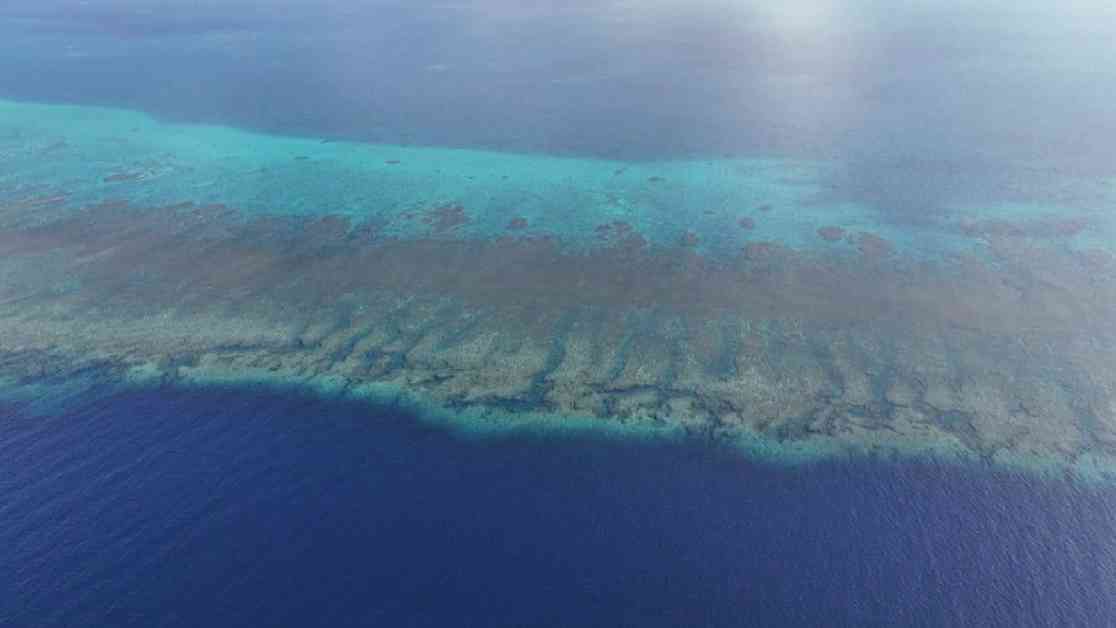China’s military patrols near Huangyan Island have sparked controversy and raised questions about sovereignty and legitimacy in the South China Sea region. These operations, conducted by China’s navy and air force, are seen as necessary measures to protect China’s rights and interests in the area. However, they have also been met with criticism from countries like the United States, the Philippines, Australia, and Canada, who view them as provocative and destabilizing.
China’s Stance on Military Patrols
According to Zhang Xiaogang, a spokesperson for the Ministry of National Defense, China’s military patrols near Huangyan Island are entirely legitimate. He emphasized that Huangyan Island is an integral part of China’s territory and that the South China Sea should be a shared space for regional countries, not a playground for external forces. Zhang’s comments come in response to a recent joint patrol conducted by the United States, the Philippines, Australia, and Canada, which China sees as a threat to its sovereignty.
China’s position on military patrols near Huangyan Island is rooted in its historical claim to the region. The island has long been considered part of China’s territory, dating back to ancient times. China’s presence in the South China Sea is seen as a way to protect its maritime interests and ensure regional stability. However, this stance has put China at odds with other countries in the region, particularly the Philippines, which has its own claims to the area.
Regional Tensions and Provocations
Tensions in the South China Sea have been escalating in recent years, as countries vie for control over the region’s valuable resources and strategic waterways. China’s military patrols near Huangyan Island are just one example of the growing militarization of the area, with multiple countries conducting regular patrols and exercises in the region. This militarization has raised concerns about the potential for conflict and instability in the South China Sea.
The recent joint patrol conducted by the United States, the Philippines, Australia, and Canada is seen as a direct challenge to China’s claims in the region. The participating countries have accused China of aggressive behavior and expansionism, prompting China to respond with accusations of collusion and provocation. The United States, in particular, has been singled out for its role in escalating tensions in the South China Sea, with China accusing the US of interfering in regional affairs.
China’s Response and Future Actions
In response to provocations from other countries, China has vowed to take firm and necessary measures to protect its sovereign rights and interests in the South China Sea. This includes conducting regular military patrols near Huangyan Island and other contested areas. China has also called for dialogue and cooperation with other countries in the region to address regional security issues and maintain stability.
Despite the growing tensions in the South China Sea, China remains committed to peaceful resolution of disputes and upholding international law. China has called for respect for the sovereignty and territorial integrity of all countries in the region and has emphasized the importance of mutual cooperation and understanding. However, as long as external forces continue to challenge China’s claims in the South China Sea, the possibility of conflict remains a real concern.
In conclusion, China’s military patrols near Huangyan Island are a contentious issue that highlights the complex geopolitical dynamics at play in the South China Sea. While China sees these patrols as necessary for protecting its rights and interests, other countries view them as provocations that threaten regional stability. As tensions continue to rise in the region, it is essential for all parties involved to engage in dialogue and cooperation to prevent further escalation and maintain peace in the South China Sea.















![EuroDreams (FDJ) Result: Draw of Thursday, November 28, 2024 [Online] news-29112024-173727](https://shanghainewstv.com/wp-content/uploads/2024/11/news-29112024-173727-324x160.jpg)

